
The Distraction Addiction
Getting the Information You Need and the Communication You Want, Without Enraging Your Family, Annoying Your Colleagues, and Destroying Your Soul
Recommendation
Buddhists use the phrase “monkey mind” to describe a person’s easily distracted consciousness. Information technology – a phrase that futurist, consultant and professor Alex Soojung-Kim Pang uses to encompass computers, mobile devices, and the cornucopia of data and entertainment that the web offers – makes it difficult for you to focus. Pang addresses pressing concerns for individuals and societies regarding technology, warning that the Internet can recede into the background, to become the water in which you swim, even as it shapes human interaction. Instead, he says, remain mindful of how you use technology; choose what you want to do without letting its demands dominate you. Pang explains how to adopt a contemplative attitude while utilizing technology, and offers reasons and permission to simply turn it off. getAbstract recommends this exploration to thoughtful readers who use basic computing technology and to those long since immersed in the data ocean.
Summary
About the Author
Consultant Alex Soojung-Kim Pang, a futurist at Strategic Business Insights, is a visiting scholar at Stanford University and Oxford’s Saïd Business School.










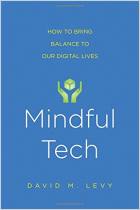
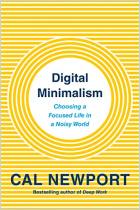
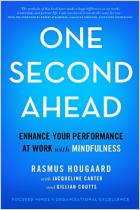
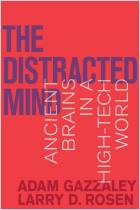
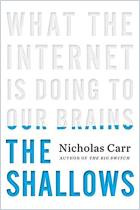



Comment on this summary or Start Discussion